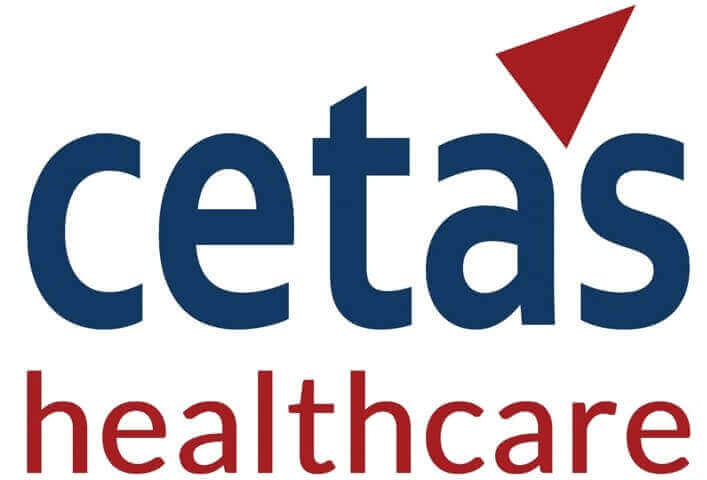X
“How likely is it that you would recommend our company/product/service to a friend or colleague?” One simple question that provides a clear line of sight into the company’s customer relationship landscape.
The strengths are obvious:
But what about the front-line managers who need to drive up the NPS?
Managers in the MedTech firms need to dissect NPS results to uncover the root causes of satisfaction or dissatisfaction. They often ask: Are high scores reflecting true loyalty or just a lack of better options? Are detractors driven by specific service flaws, product limitations, or external factors? To address these questions, managers employ additional qualitative research or quantitative surveys, to complement NPS and gain deeper insights – all with the singular aim to isolate the NPS drivers and help prioritize areas for investment and improvement.
Customer Loyalty Framework – An ideal enhancement to NPS programs
“Customer loyalty isn’t just about repeat purchases; it’s a manifestation of a customer’s emotional connection with a product or service, reflecting their trust, satisfaction, and willingness to advocate.”
Experiences shape our Attitudes that drive our Behaviours – is the bedrock for any Customer Loyalty Framework, which should address the following 3 key objectives:
MedTech companies would use advanced analytics methods to analyse these data points to arrive at a Customer Loyalty Index (CLI) that indicates the strength of relationship between the brand and its customers. Businesses use the CLI to monitor changes in customer loyalty over time, identify areas for improvement in their products or services, and develop strategies to strengthen customer relationships and enhance loyalty.
A leading MedTech company was losing market share in the APAC region and sought to deepen its understanding of surgeon relationships crucial for brand success. The goal was to assess surgeons’ experiences, attitudes, and behavioral intentions toward the brand and competitors, establishing a loyalty baseline for continuous monitoring. A comprehensive Surgeon Relationship Model revealed two distinct motivational paths – emotional and rational, both leading to customer loyalty.


Follow-up over the next three years assessed how these touchpoints influenced surgeons’ behaviors and beliefs over time. The findings underscored the importance of balancing tangible product attributes with intangible brand qualities. Continuous monitoring of these touchpoints allowed the company to refine strategies, enhancing surgeon loyalty and subsequent market share recovery.
MedTech professionals are tasked with navigating an intricate landscape where customer loyalty is paramount but elusive. While NPS can provide directional guidance, it’s the comprehensive understanding of customer behaviors, preferences, and experiences that will pave the way for sustained growth. By embracing a multifaceted approach that complements NPS with rich qualitative insights and market analysis, MedTech companies can unlock the full potential of their customer relationships.
Revolutionize Your Customer Insight Strategy Today! Contact Us


We provide the best insights for your business
